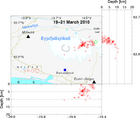News
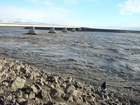
Jökulhlaup from Grímsvötn subsides
The jökulhlaup (glacial outburst flood) from Grímsvötn that began near the end of October is now coming to an end. In past centuries, most jökulhlaups from Grímsvötn have entered the course of the river Skeiðará. This time, however, floodwater that emerged from beneath the eastern part of the glacier went westwards along the glacier margin and then entered the river Gígjukvísl. In the summer of 2009, the shift occurred and water has ceased to enter the course of Skeiðará.
Read more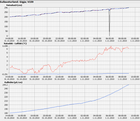
A jökulhlaup from Grímsvötn

The Climate and Energy Systems project final conference
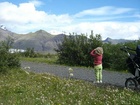
Webpage on travel safety
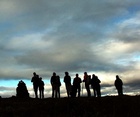
NONAM conference in August
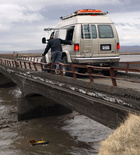
Hydrology of Eyjafjallajökull

Latest observations at Eyjafjallajökull
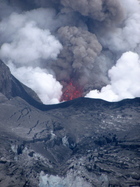
Eyjafjallajökull eruption

Magma splatters ejected

The Eyjafjallajökull plume

Ash carried southward and east
Winds from the north carry the ash southward, where westely winds in the upper atmosphere carry it towards the east. The wind directions are not expected to change much during the next few days.
Read more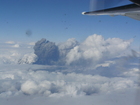
Ash clouds and flash floods

Ash cloud extending to Europe
A satellite image sequence shows volcanic ash cloud extending to Europe, 15 April 2010, from the eruption in Eyjafjallajökull.
Read more
Ongoing eruption

New eruption in Eyjafjallajökull

The volcano measured
Institute of Earth Sciences, University of Iceland, has measured the size of the new volcano which has formed around the craters at the eruption site on Fimmvörðuháls.
Read more
The eruption continues with little changes
Reduced visibility (10 m) and risky weather keep visitors well away from the eruption now; all access is restriced. Lava fountains have been active both northeast of the main crater and in the old crater. Most of the lava seems to accumulate near the vents, but there are intermittent flows into the gullies of Hruná and Hvanná.
Read more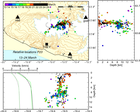
The magma path revealed

Ninth day of the eruption
The eruption in the Eyjafjallajökull volcanic system has been on a small scale so far and tremor signals are diminishing, at least for the time being.
Read more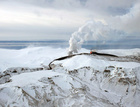
Photos from Fimmvörðuháls
